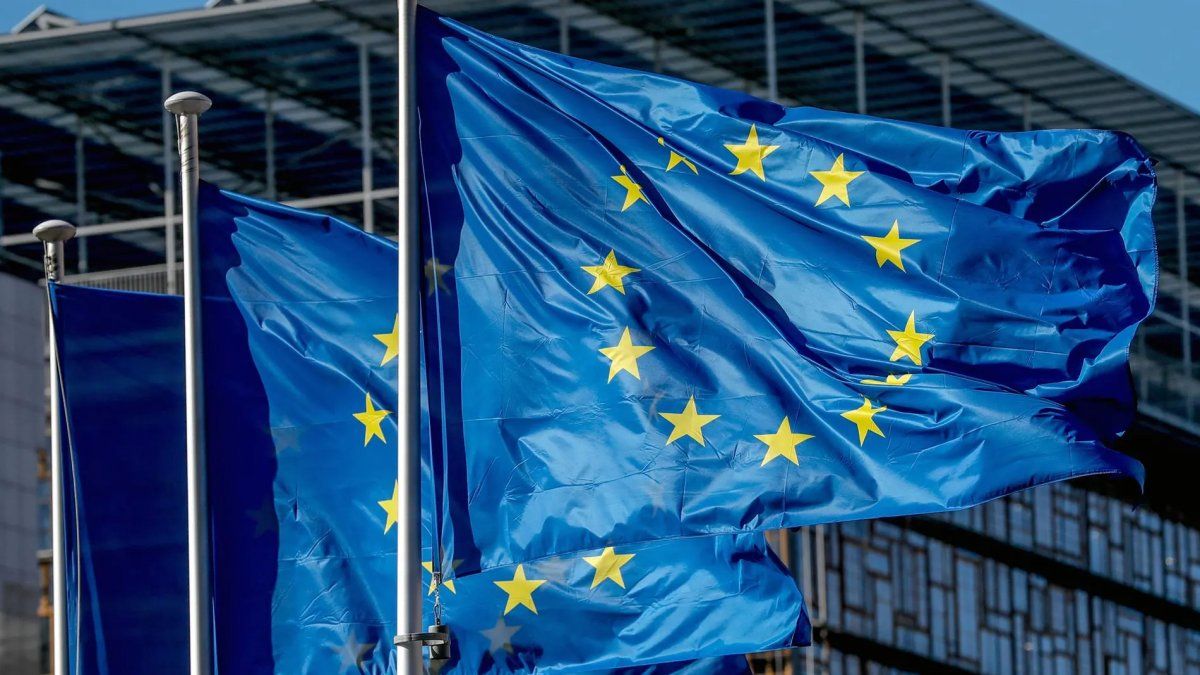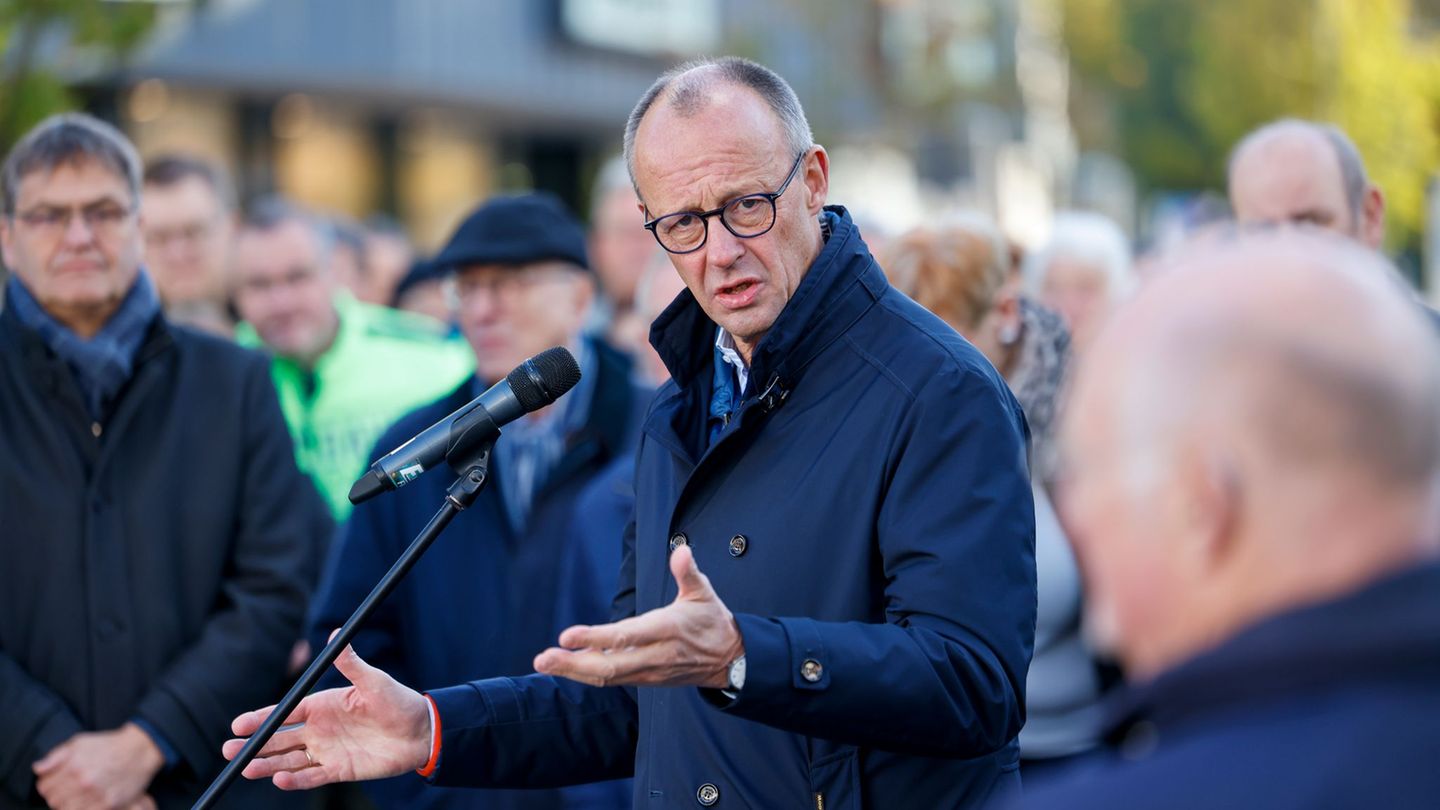The Easher Zone economy advanced again in April, although it did it at a slower pace that in previous measurements within the framework of the Commercial War promoted by Donald Trump. It happens that the demand weakened and the services sector almost stagnated, which suggests that the recovery of the region is fragile, as a survey reflected.
He PMI index Production compound of the Euro Hcob zone, prepared by Global S&P, He fell to 50.4 from March 50.9. The reading was fair above the 50 mark that separates the growth of the contraction.
European Commission Euro.jpg
“The economic growth of the euro zone slowed in the first month of the second quarter, after having registered a rebound in the first three months of the year. The services sector, a key sector, practically stagnated in April “Said Cyrus de la blonde, chief economist of the Commercial Bank Hamburg. The PMI of Services descended to 50.1 from 51.0 in March, its lower reading in five months and just above the neutral threshold.
Meanwhile, optimism between service companies weakened and Business expectations index fell to 55.1 from 57.8a minimum not seen since the end of 2022.
The global demand was reduced for eleventh consecutive month Already a rhythm slightly higher than March, since both manufacturers and service providers registered weaker sales. The new companies decreased from 49.5 to 49.1 points. Export orders also went down, although to the slowest rhythm in almost three years.
Companies had to resort to pending orders to maintain activity levels and pending orders decreased by twenty -fifth consecutive month.
Despite the weak growth, Employment increased for the second consecutive month in the whole block, although the increase was marginal And it was limited to the services sector. The manufacturing companies cut jobs by twentieth third consecutive month.
Country by country, what happened to economic activity in Europe?
The survey showed considerable variations in the euro zone. Ireland led the growth with a 54 PMI0, although it marked a minimum of two months. Spain followed with a 52.5, while Italy registered a 52.1, the highest level in 11 months.
Germanythe largest European economy, He barely grew With a reading of 50.1, while France remained in contraction with 47.8.
In the front of inflation, April data revealed greater moderation both in the inflation of supplies costs and in sales prices, with pressures on input costs reaching its lowest level in five months.
“The inflation of sales prices has decreased and followed its downward trend. Many members of the European Central Bank (ECB) have hinted at a new cut of interest rates in June, and these last figures seem to support their position,” said De la blonde.
Source: Ambito




